A tale of two economies . Both trace their roots to small town should be birds of a feather
Sat 28 Nov 2015, 18:31:14
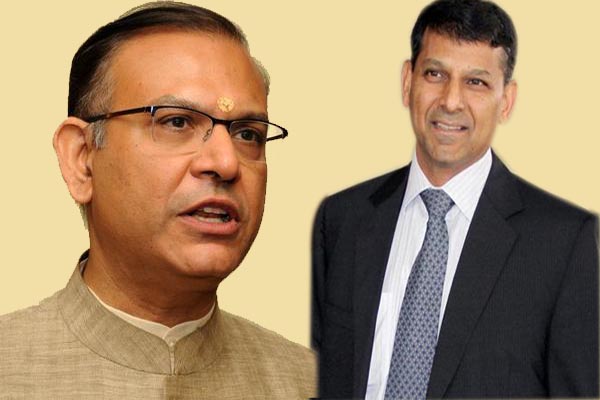
HT leadership summit 2015 In theory, Raghuram Rajan and Jayant Sinha India, Rajan to Bhopal and Sinha to Hazaribagh. Both went to IIT Delhi and laced that with an MBA.That provided the platform for thriving careers in the West. In their prime, both chose to come back to India. Rajan became chief economic advisor and then governor of the Reserve Bank of India. Sinha joined electoral politics, and became the minister of state for finance.In practice, they couldn’t be further apart. Rajan talks about his worries over a drop in investments. Sinha rejoices in the increased flow of foreign direct investment. He thinks China’s slowing down is a big opportunity for India. Rajan sees it as a problem. Rajan is comfortable with the current interest rates but has a wary eye on inflation. Sinha is happy that Rajan has cut rates, but won’t say no to a little more.One could go on. Part of the reason Rajan and Sinha see things so differently is the jobs they do. The difference between a junior minister and the head of an autonomous regulator is wider than the distance between New Delhi’s North Block and Mumbai’s Mint Road. But there is one more thing. It is that kind of an economy we have right now. Depending on the prism you choose, this is the season of light, this is the season of darkness.
Take, for example, Thursday’s headlines in different newspapers from the same Moody’s report. This newspaper saw the global rating agency as saying India will see strong growth aided by lower interest rates. The Indian
Express said it questioned the government’s ability to enact legislation on key reforms and this will hamper investments. Both are correct. The report said both the things.The head of a large conglomerate in Mumbai, whom I was trying to persuade for an interview, swore he was not going to give one for a long time. “What will I talk about?” he wondered. If he spoke about plans or projects, his existing lenders would come down on him like a ton of bricks. True, his debt is high, but no one sees his healthy cash flows, which can easily service the debt and reduce it over time.Indeed, India’s corporate sector now comes with a class difference. Several old economy groups keep quiet and silently go about reducing debt. The hot new technology start-ups want to talk their lungs out. Their founders easily get persuaded for interviews. They have much to talk about. Actually not much, mostly the funds they are raising, though profits are a distant dream.Headlines about start-ups raising $10 million to $100 million have become commonplace. So much so that the founder of a technology product start-up says the only innovation India’s start-ups are doing these days is in raising funds.A few industrialists at an evening do in Delhi this week talked about spotting a few green shoots in the economy. The festival season saw healthy growth in sales of cars and two-wheelers. Oil demand and power consumption are growing in double digits, indicating more economic activity. GDP growth is surpassing China’s. Wholesale inflation is negative.
Take, for example, Thursday’s headlines in different newspapers from the same Moody’s report. This newspaper saw the global rating agency as saying India will see strong growth aided by lower interest rates. The Indian
Express said it questioned the government’s ability to enact legislation on key reforms and this will hamper investments. Both are correct. The report said both the things.The head of a large conglomerate in Mumbai, whom I was trying to persuade for an interview, swore he was not going to give one for a long time. “What will I talk about?” he wondered. If he spoke about plans or projects, his existing lenders would come down on him like a ton of bricks. True, his debt is high, but no one sees his healthy cash flows, which can easily service the debt and reduce it over time.Indeed, India’s corporate sector now comes with a class difference. Several old economy groups keep quiet and silently go about reducing debt. The hot new technology start-ups want to talk their lungs out. Their founders easily get persuaded for interviews. They have much to talk about. Actually not much, mostly the funds they are raising, though profits are a distant dream.Headlines about start-ups raising $10 million to $100 million have become commonplace. So much so that the founder of a technology product start-up says the only innovation India’s start-ups are doing these days is in raising funds.A few industrialists at an evening do in Delhi this week talked about spotting a few green shoots in the economy. The festival season saw healthy growth in sales of cars and two-wheelers. Oil demand and power consumption are growing in double digits, indicating more economic activity. GDP growth is surpassing China’s. Wholesale inflation is negative.
No Comments For This Post, Be first to write a Comment.
Most viewed from Specials
Most viewed from World
AIMIM News
Latest Urdu News
Most Viewed
May 26, 2020
Can Lionel Messi's visit boost Indian football?
Latest Videos View All
Like Us
Home
About Us
Advertise With Us
All Polls
Epaper Archives
Privacy Policy
Contact Us
Download Etemaad App
© 2026 Etemaad Daily News, All Rights Reserved.


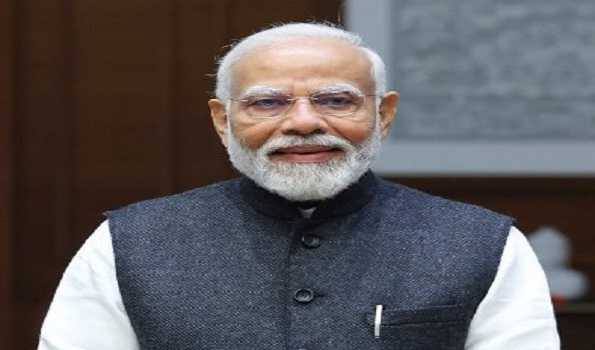
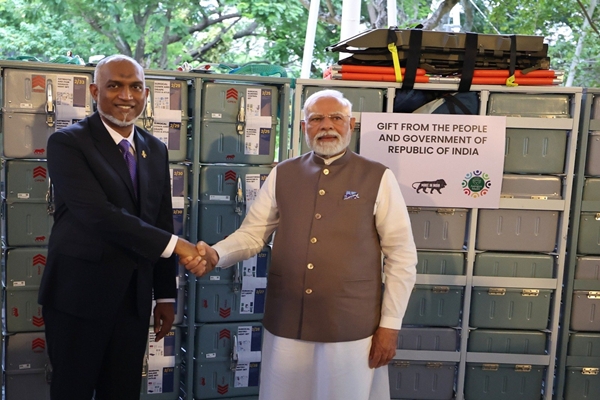
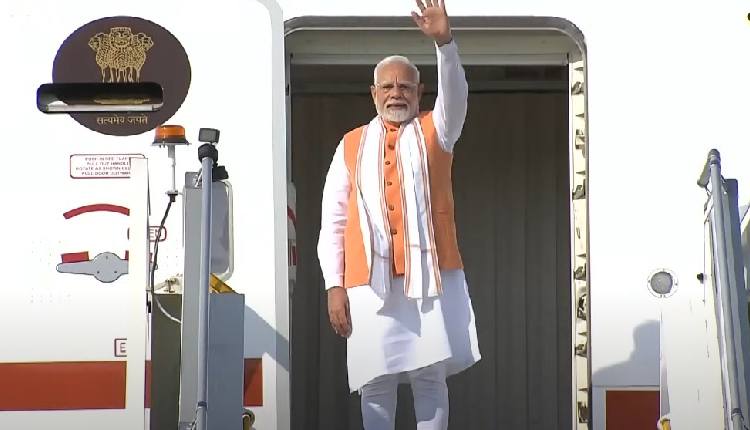
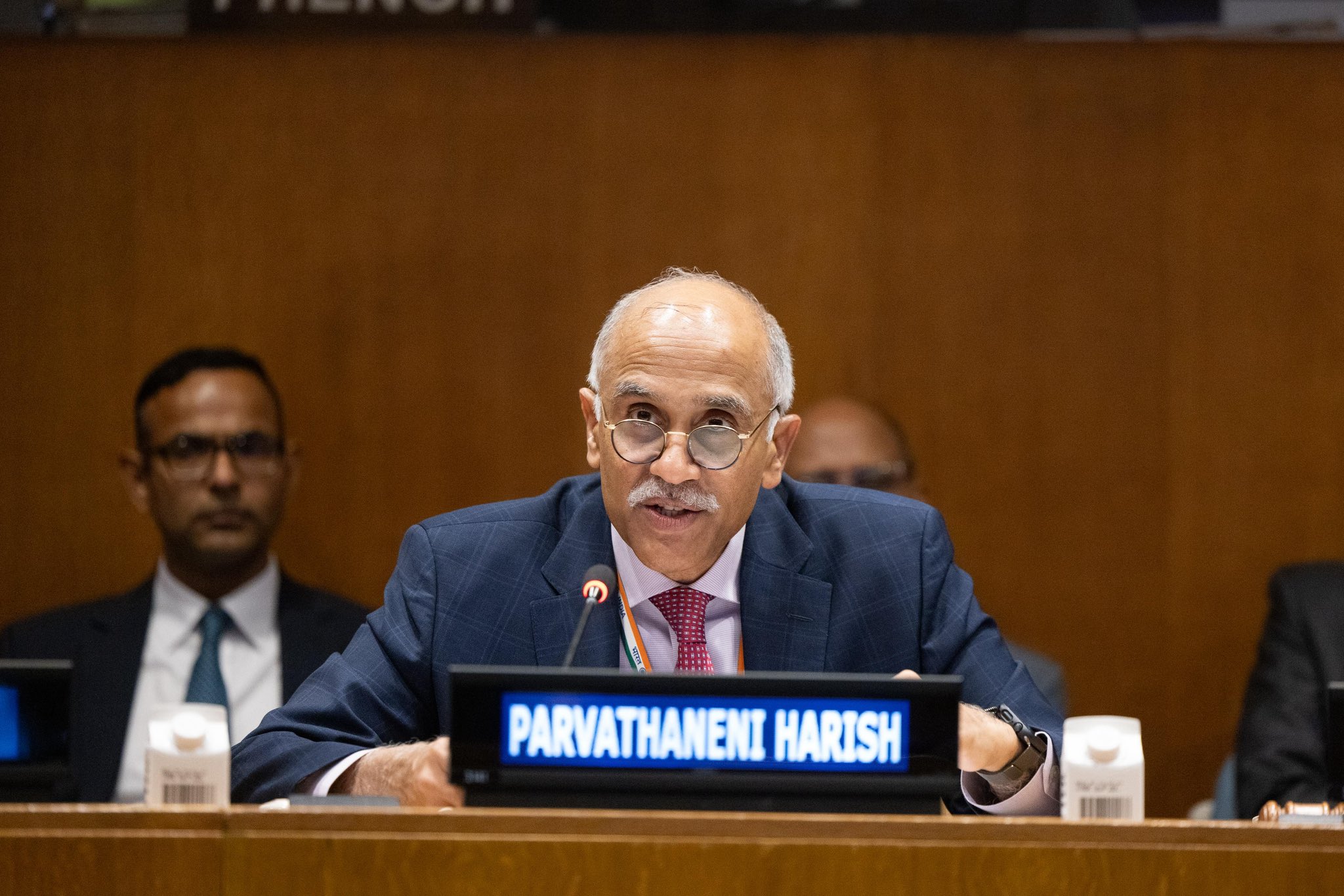
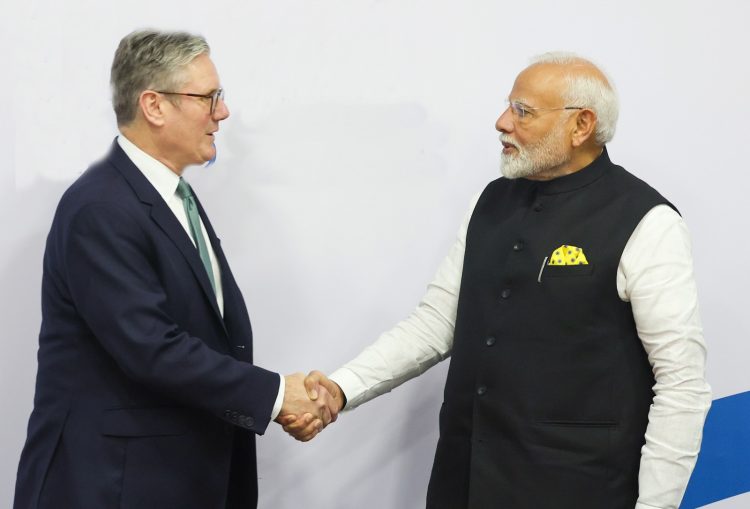
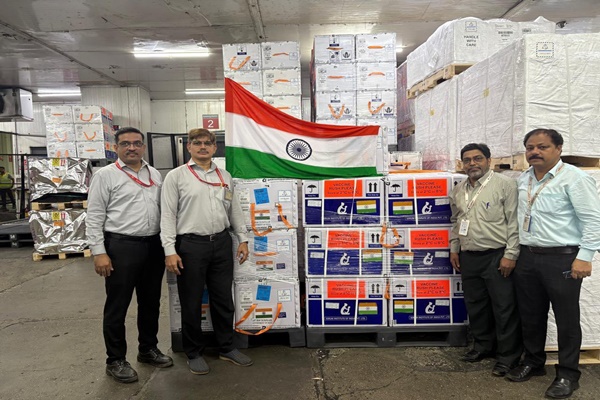
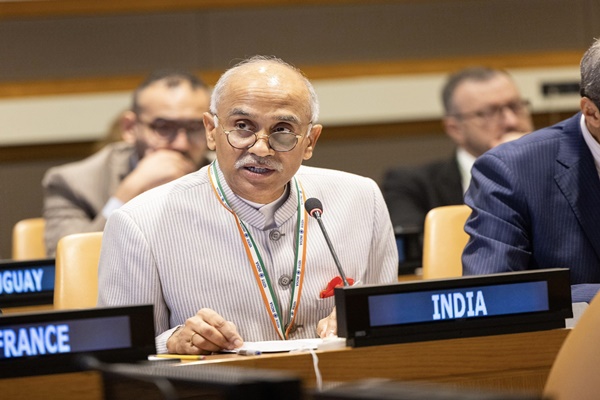
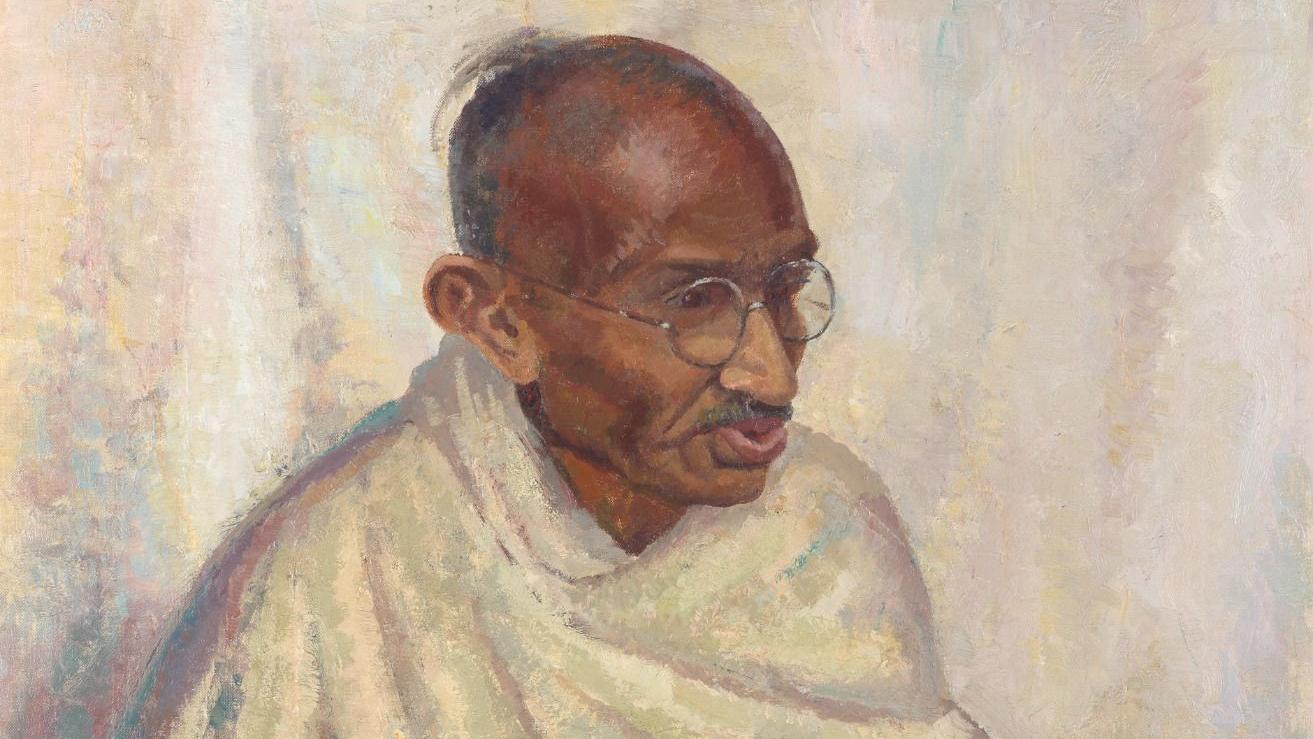
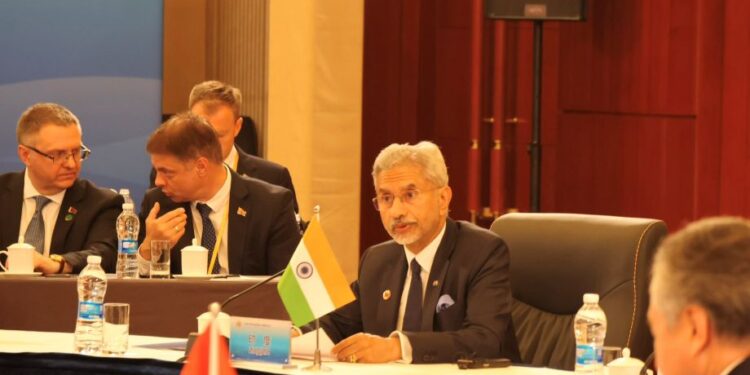
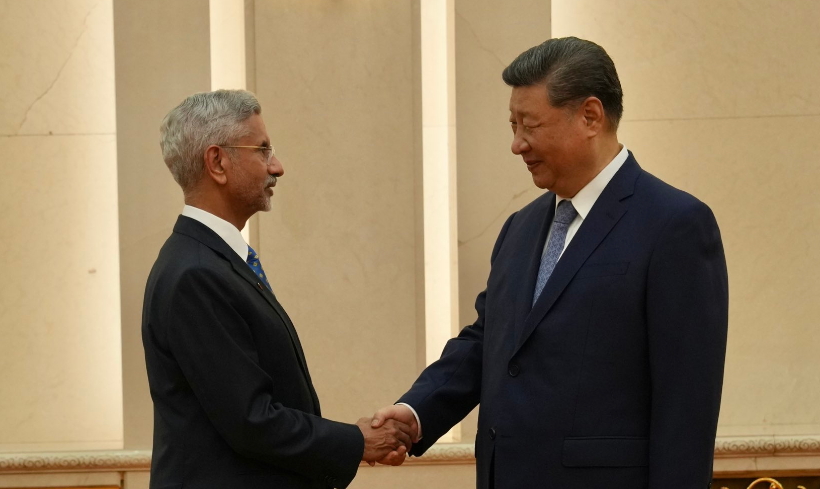
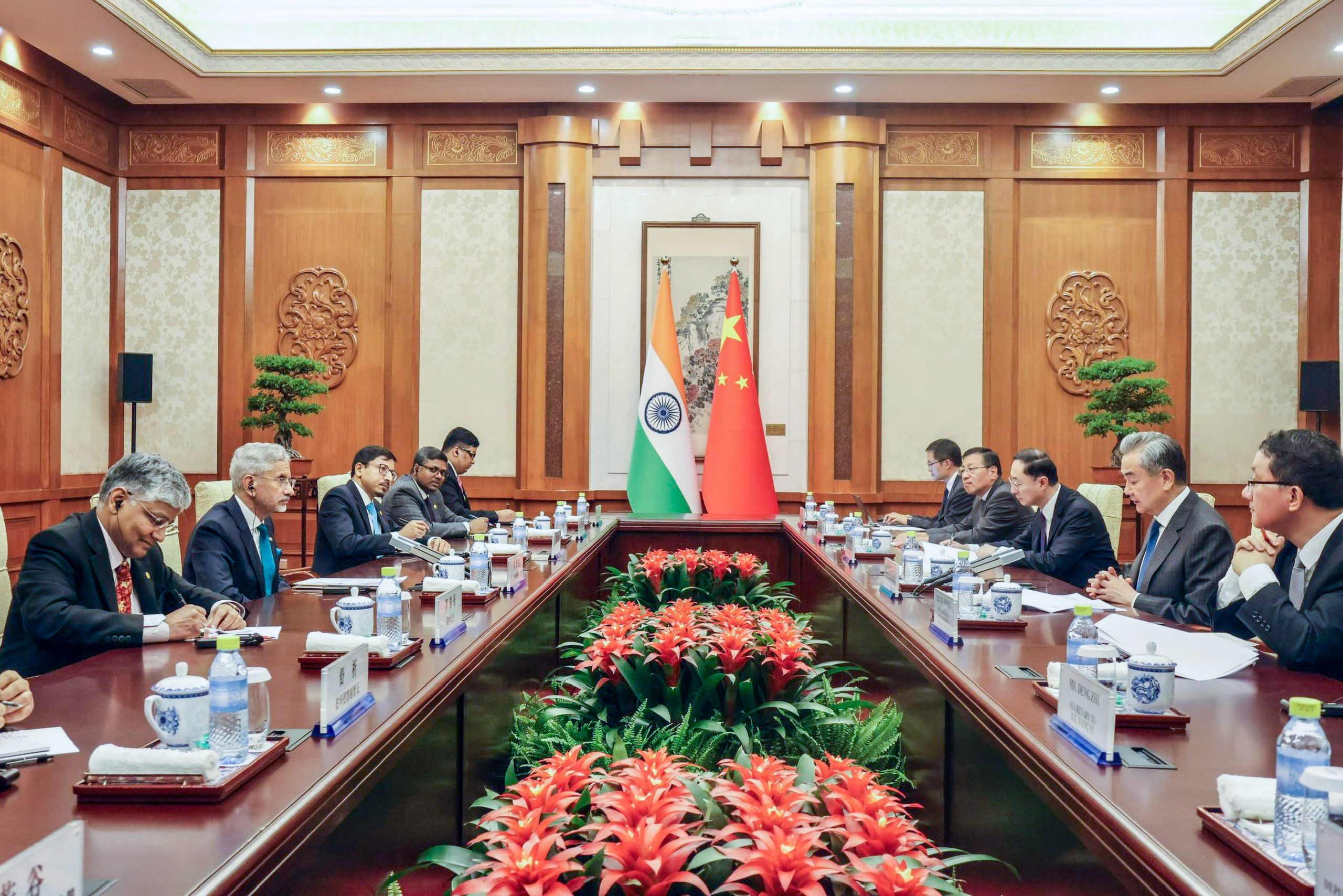
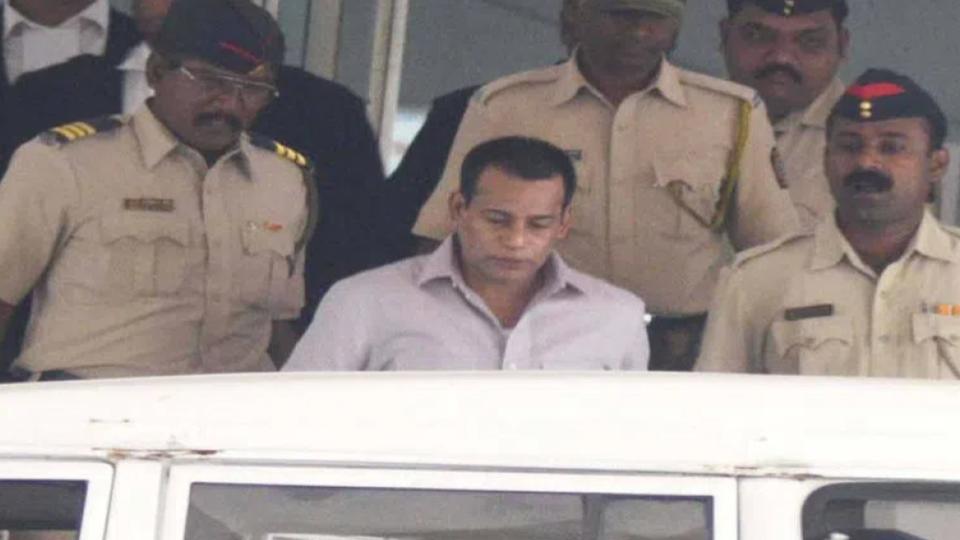
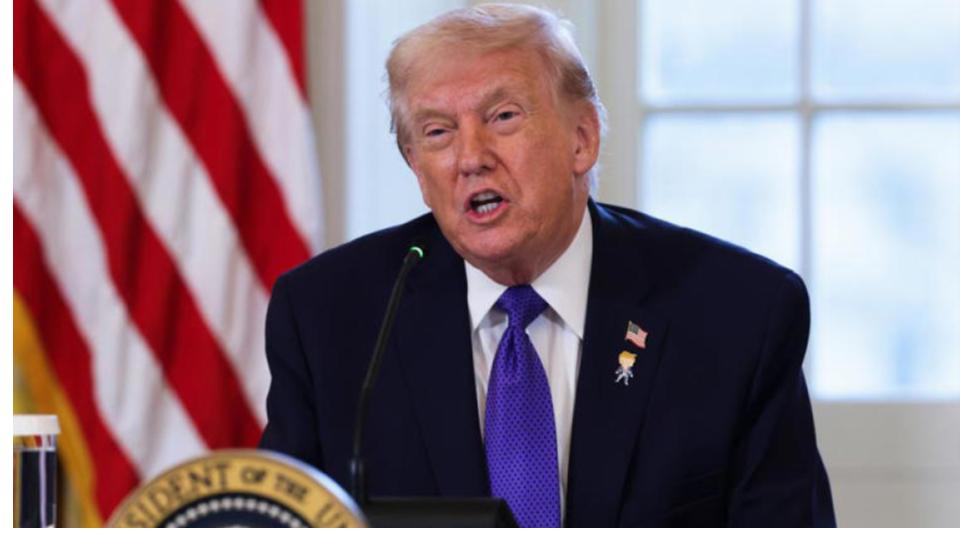

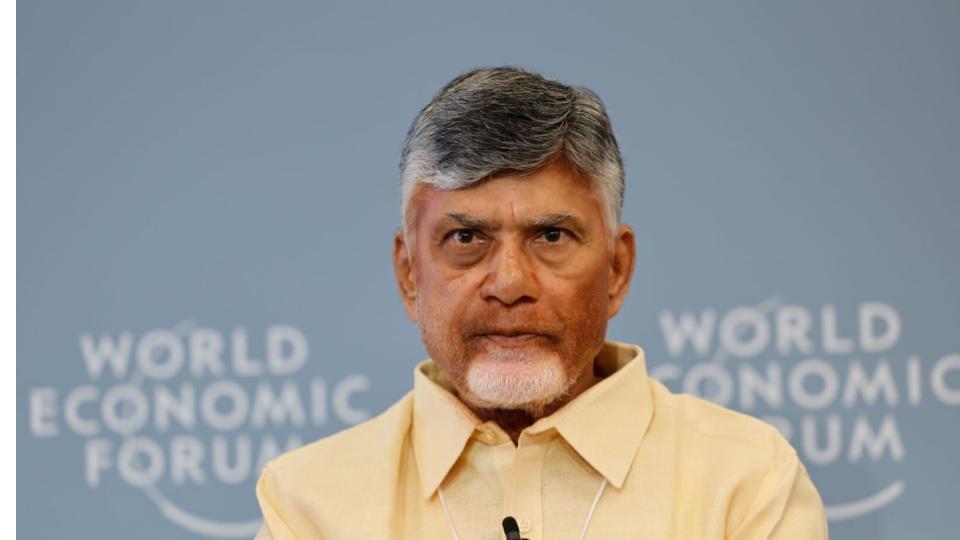


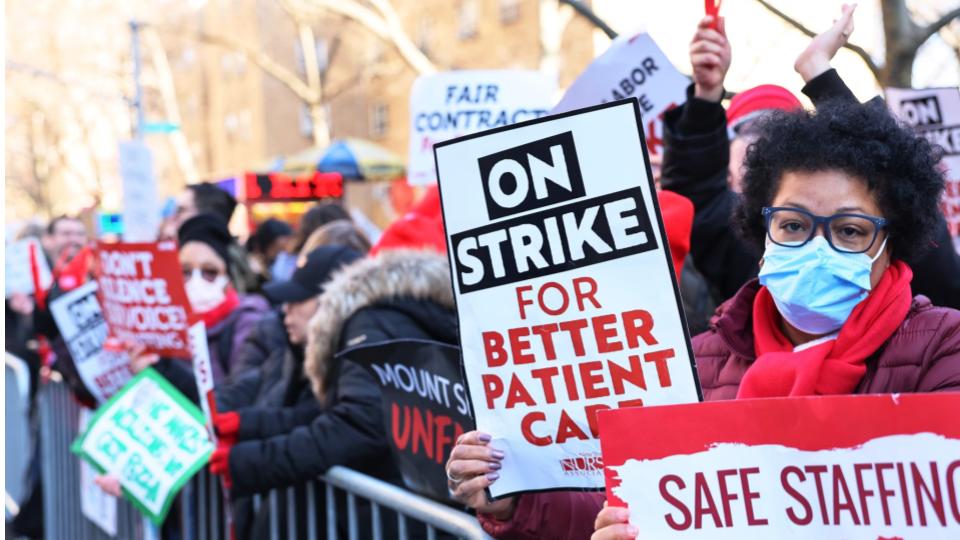
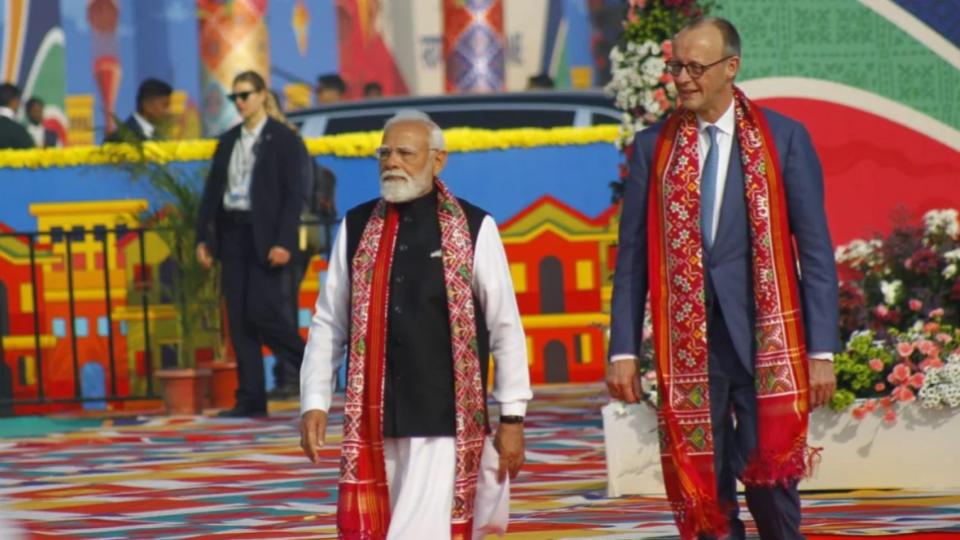

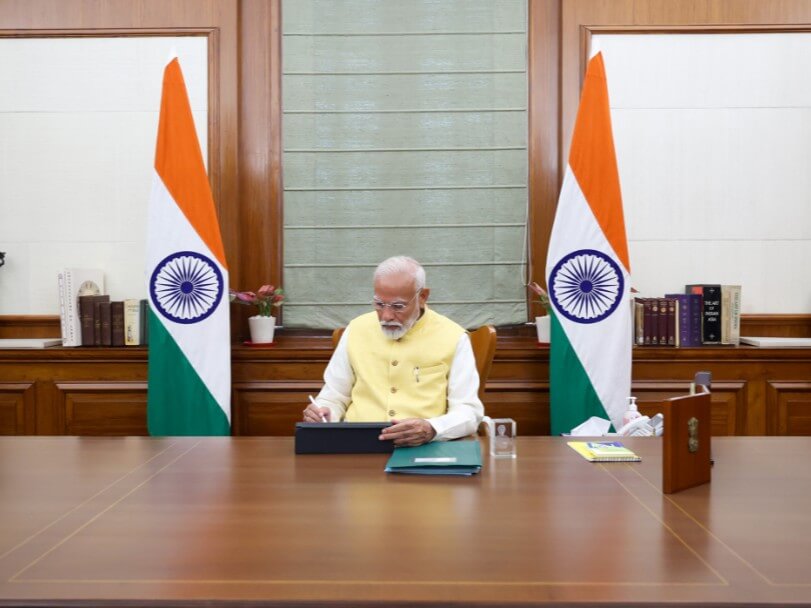
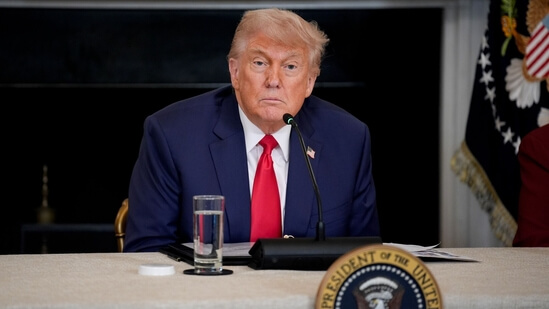
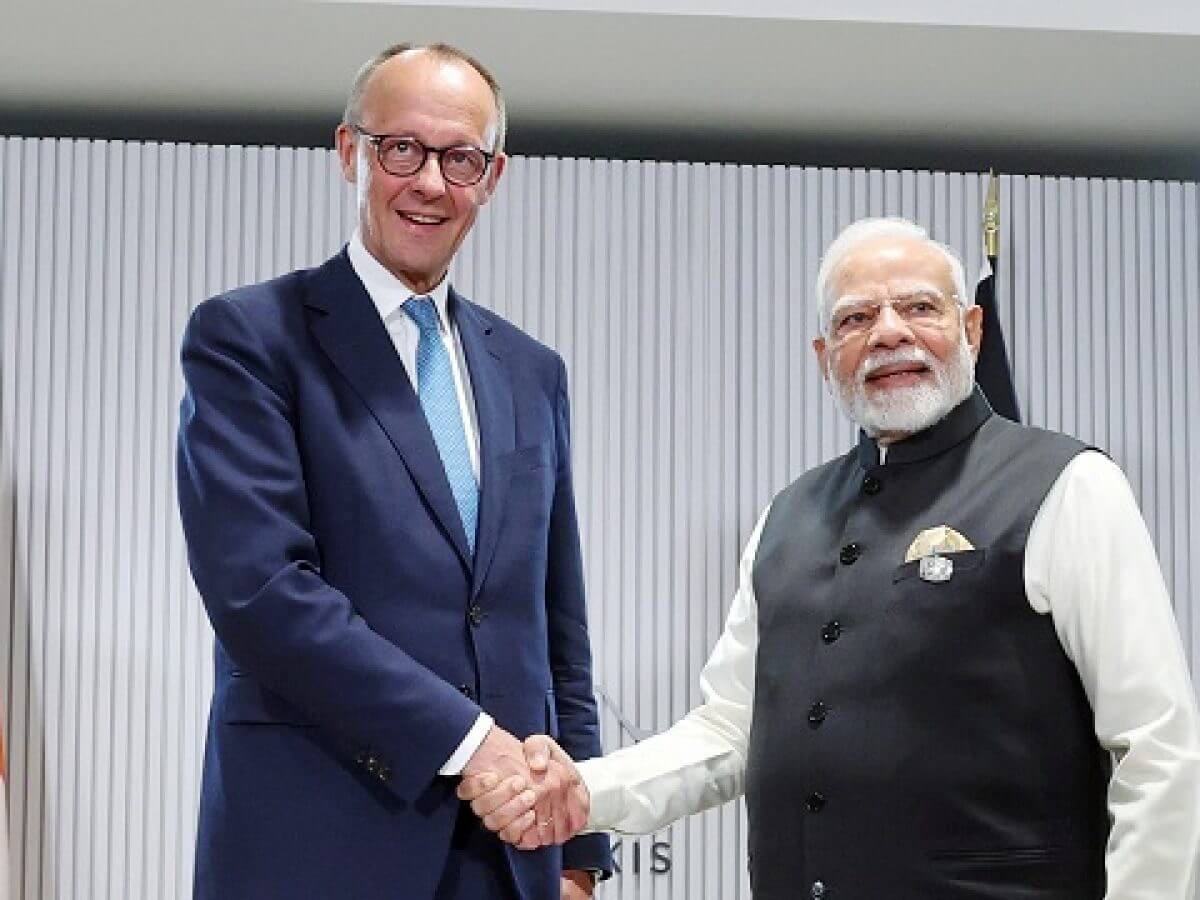












.jpg)
.jpg)
.jpg)


